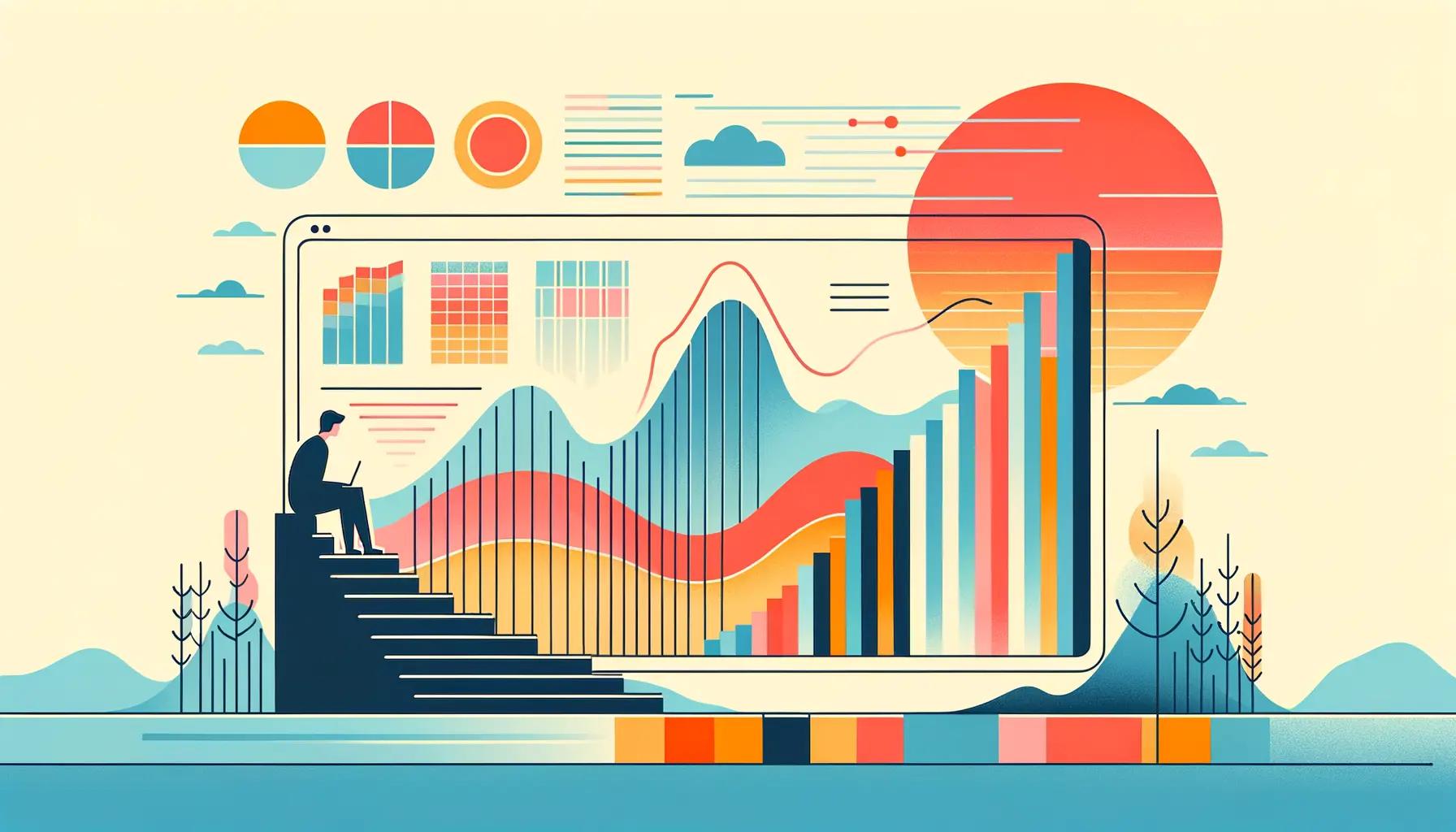Related articles
10 Common Mistakes to Avoid in Checkout Page Design
The checkout page is the culmination of a customer’s journey on an e-commerce website. It’s a make-or-break zone where design...

Stefania Duma
VP Product @ Flowpoint
10 Customer Journey Analytics Tools to Boost Engagement
Discover the top 10 customer journey analytics tools that can help you to better understand user behavior and increase engagement...

Stefania Duma
VP Product @ Flowpoint
10 Data Analytics Challenges and How to Overcome Them
Data analytics can pose significant challenges for businesses and analysts alike. This blog discusses 10 common data analytics challenges and...

Stefania Duma
VP Product @ Flowpoint
Get a Free AI Website Audit
Automatically identify UX and content issues affecting your conversion rates with Flowpoint's comprehensive AI-driven website audit.
Contact
FLOWPOINT ANALYTICS LTD
Company Number 14068900
83-86 Prince Albert Road, London, UK
© 2024. All rights reserved @Flowpoint


